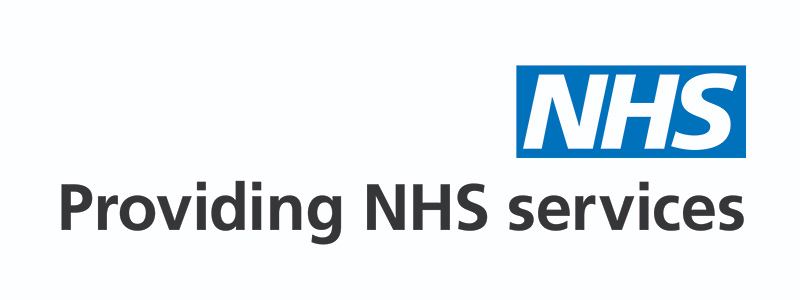

Medical Emergencies dial 999
Out of Hours: dial 111


Medical Emergencies dial 999
Out of Hours: dial 111
Self-Care and Home Remedies
Medications
Physical Therapy
Medical Interventions
Lifestyle Changes
When to See a Doctor
Consulting with a healthcare professional for a proper diagnosis and comprehensive treatment plan is essential for effectively managing elbow pain.